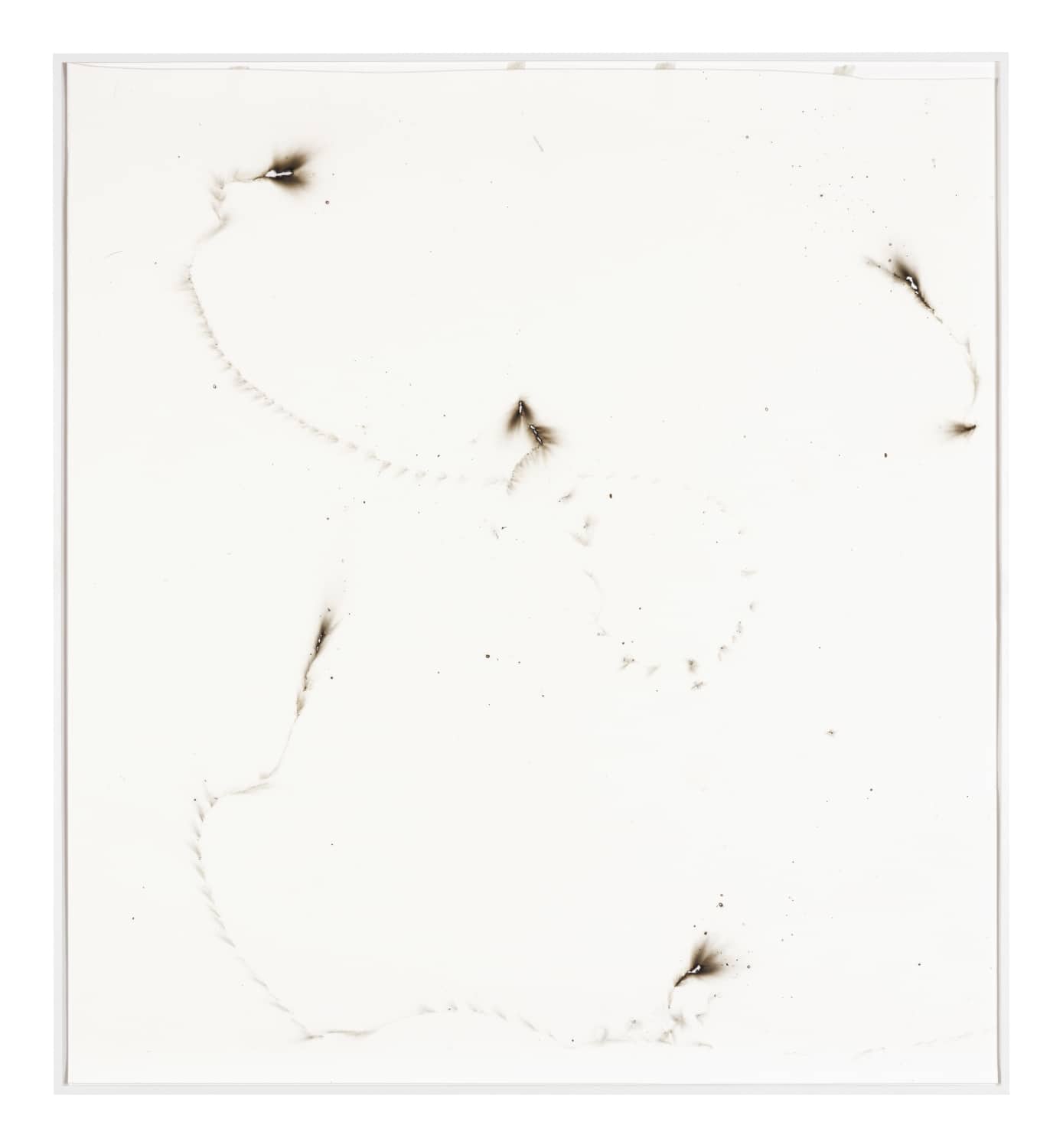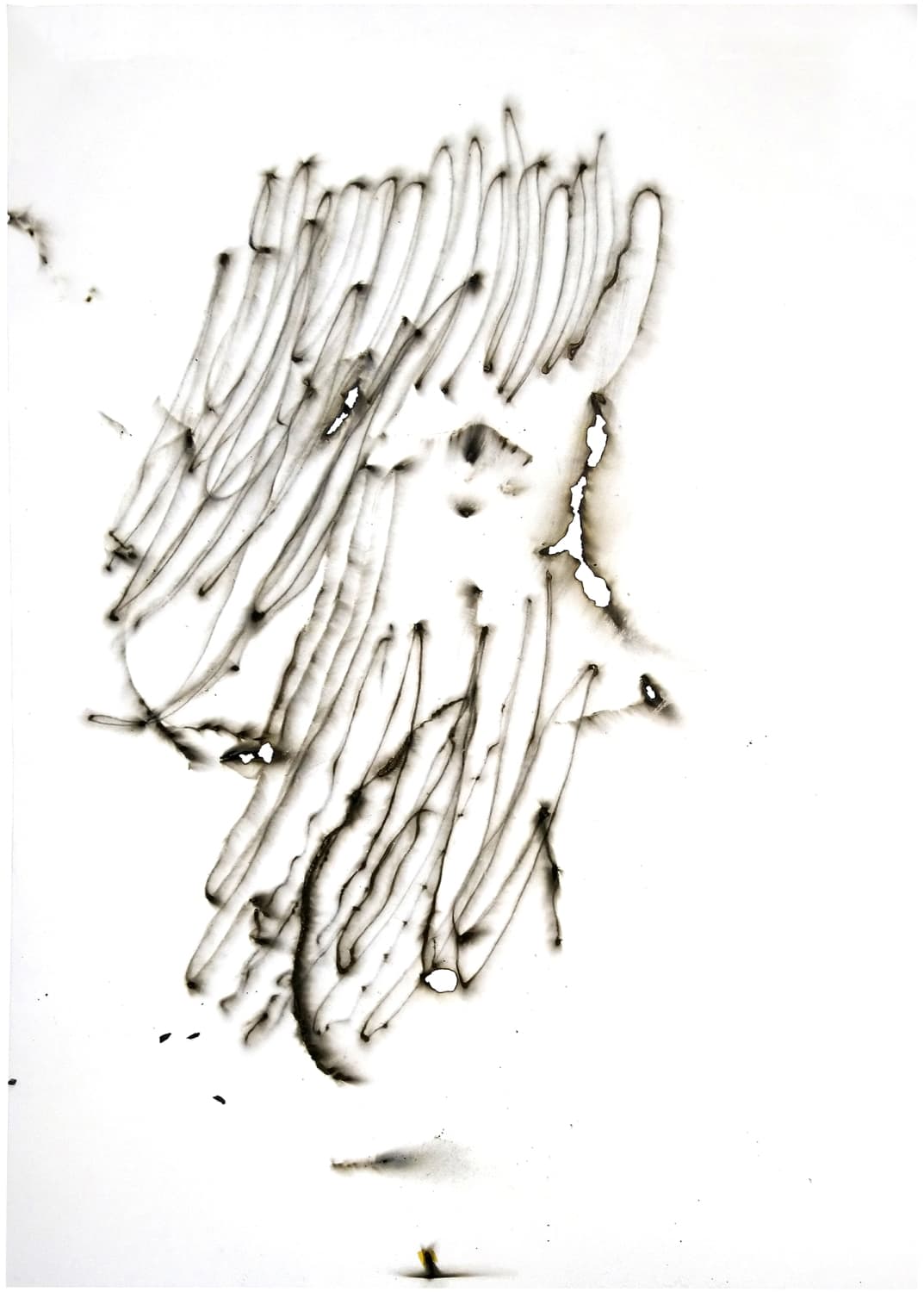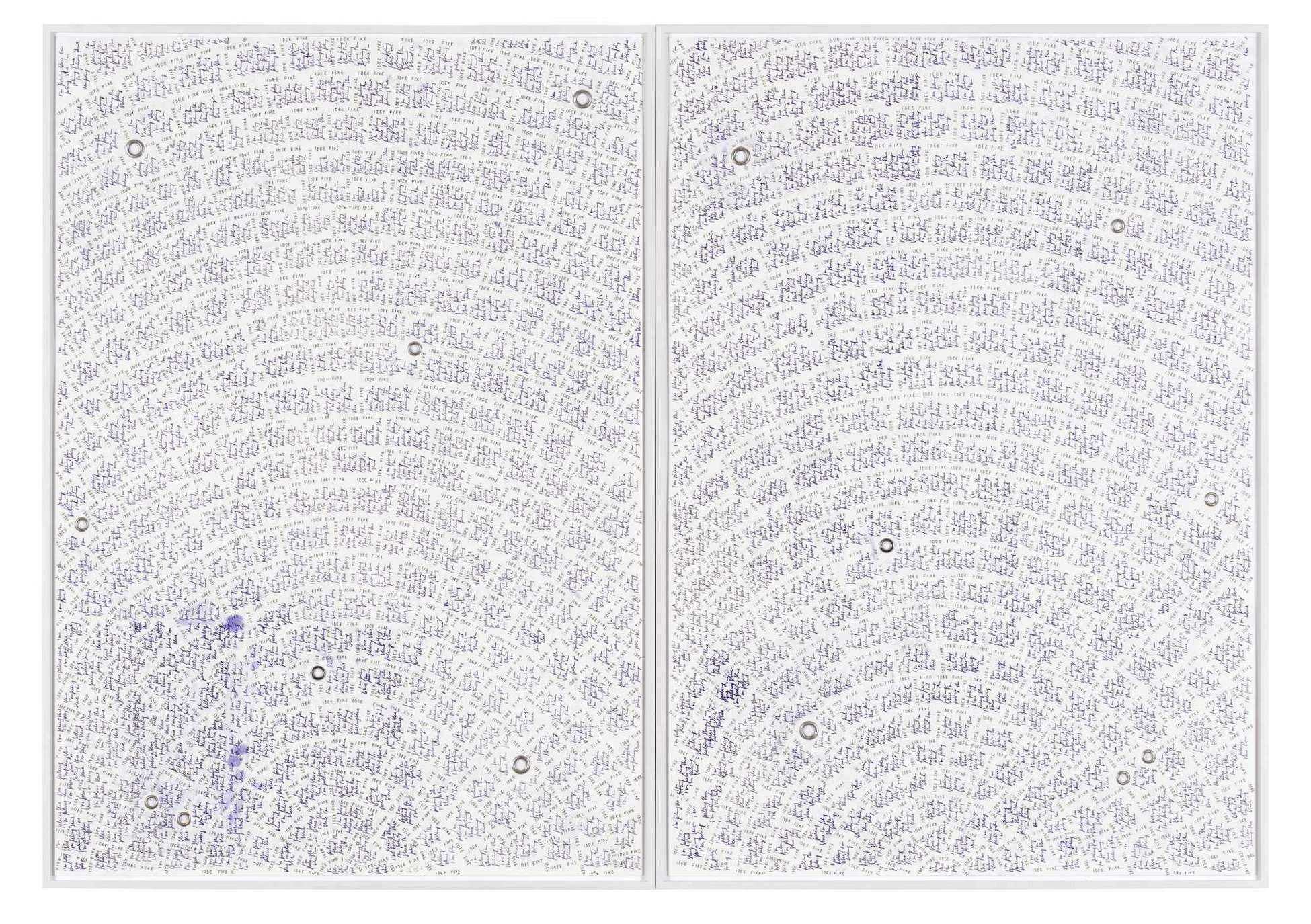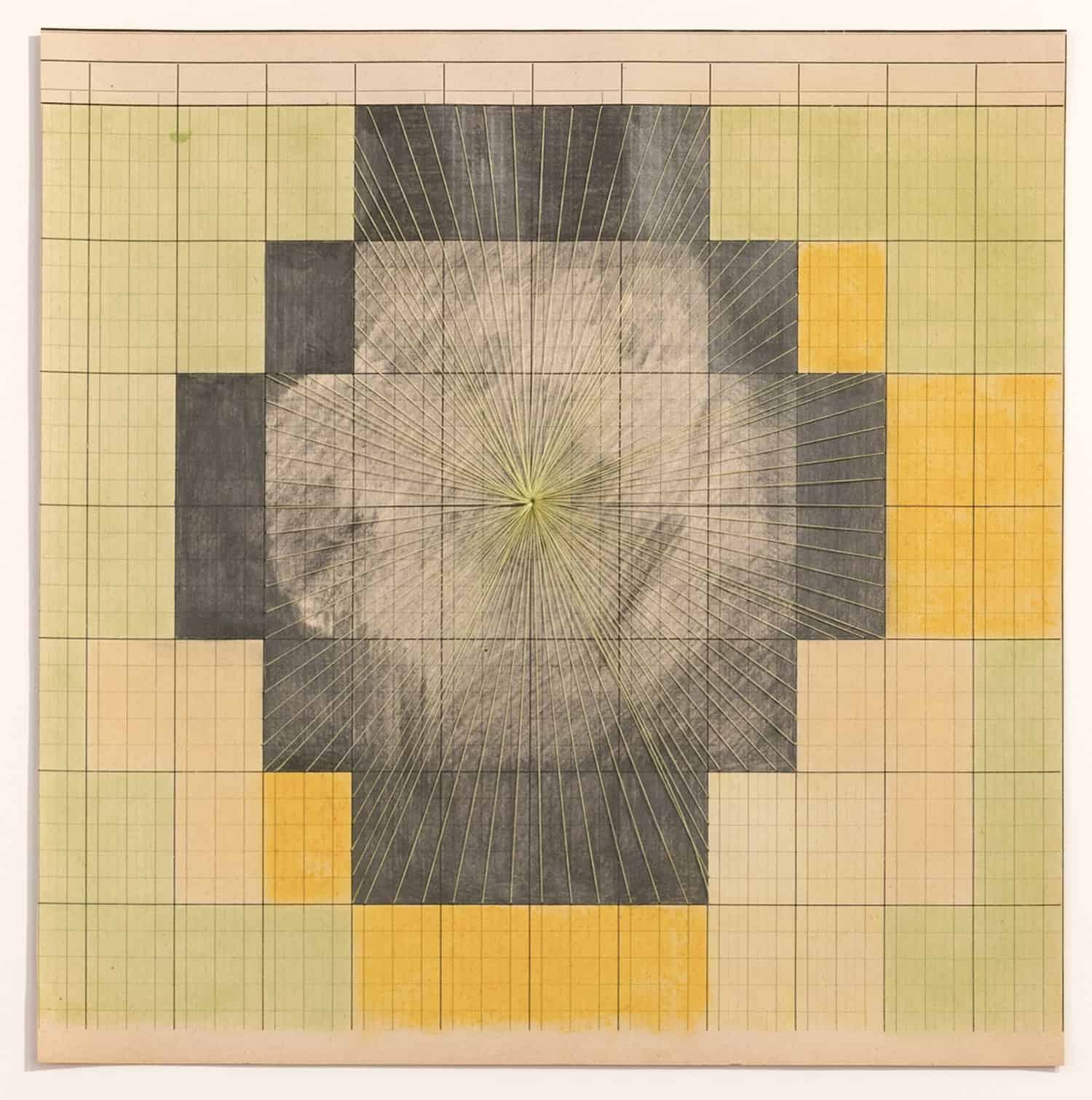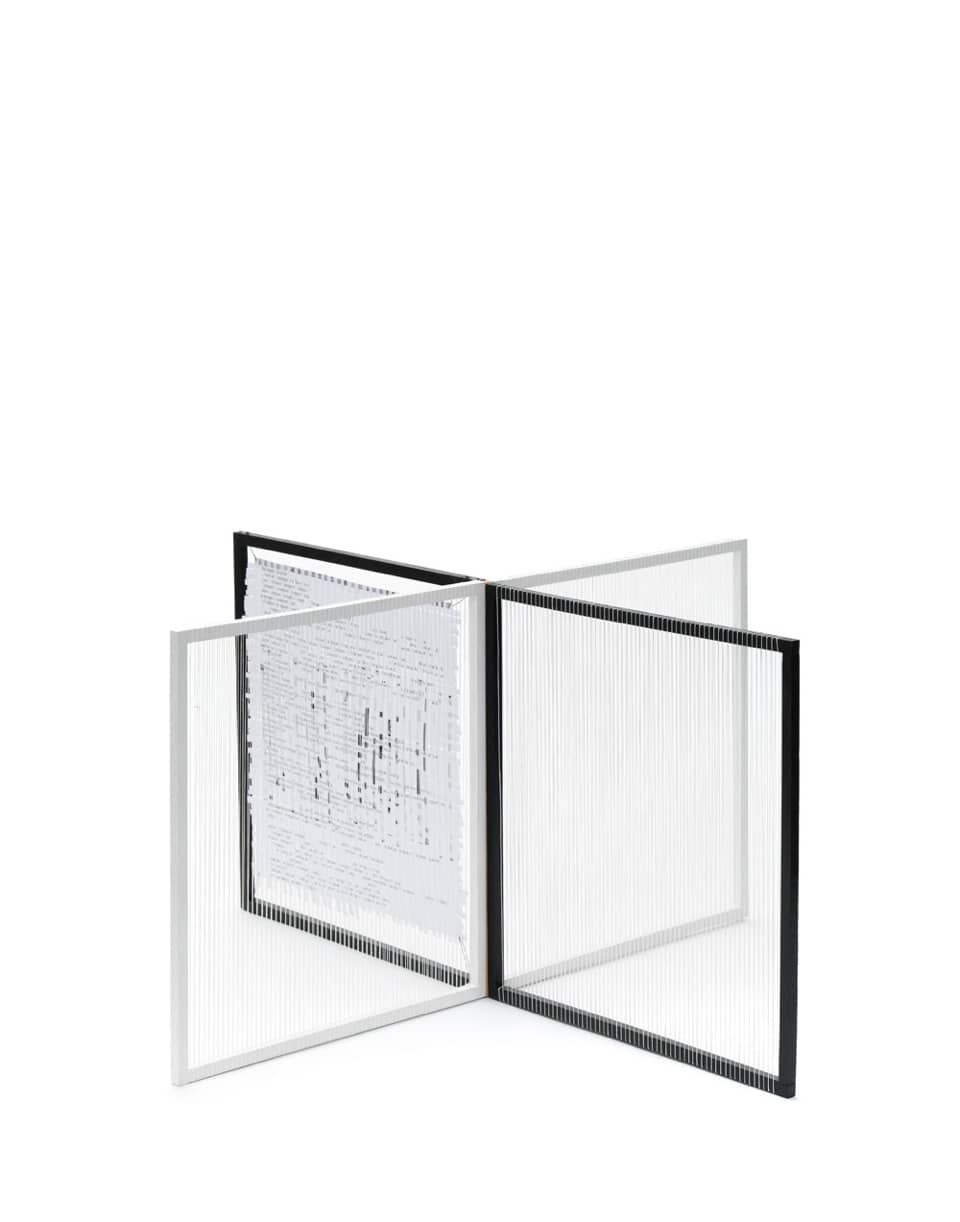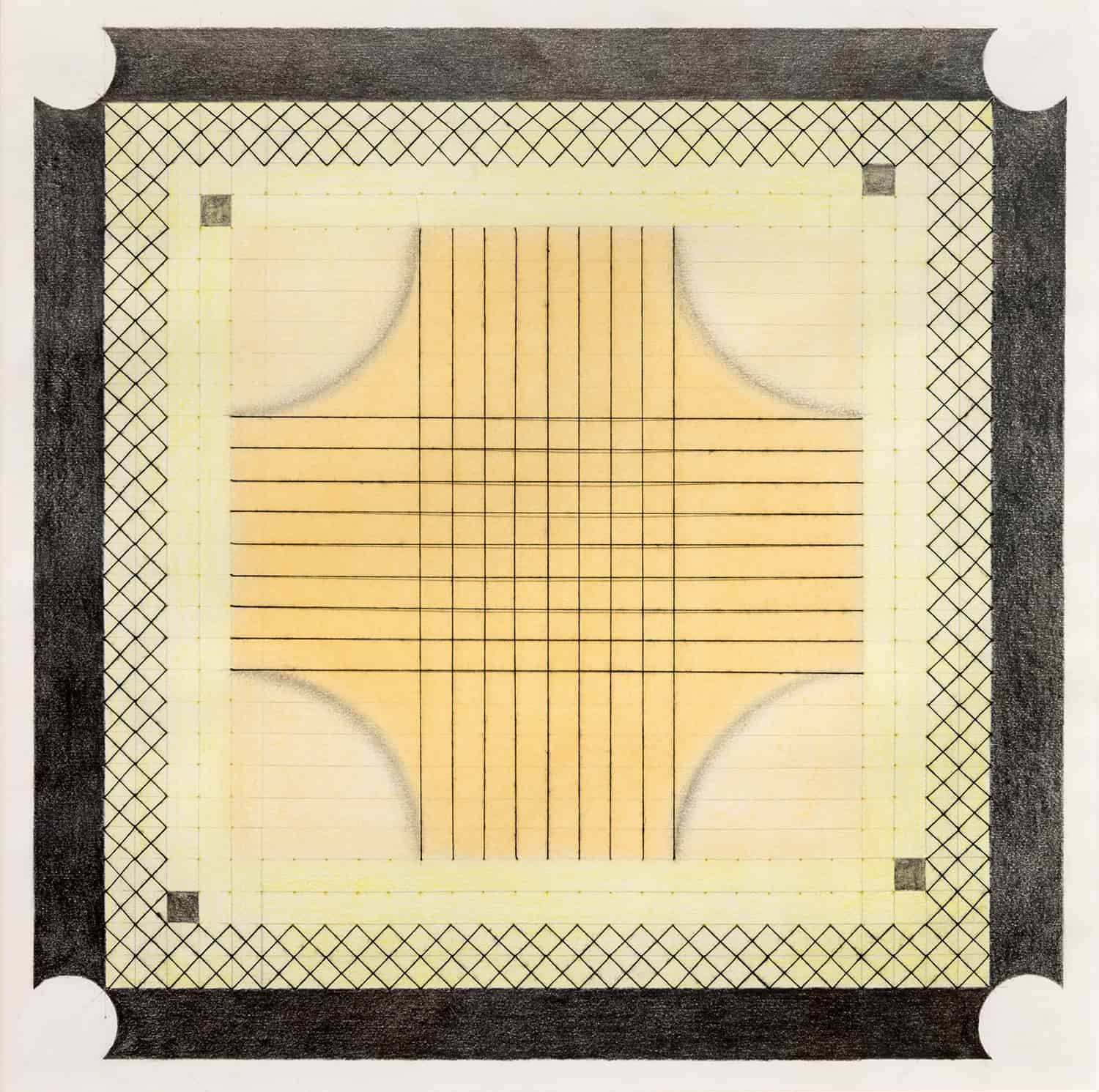Drawing Room
Process Sector
Booth PR9
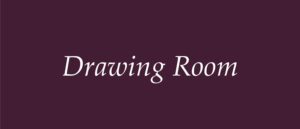
Hofweg 6
22085 Hamburg
Germany
Presentation of the gallery
The two art historians Alexander and Esther Sairally established the Drawing Room in Hamburg in March 2014. The gallery’s programme focuses on national and international emerging artists (Nadine Fecht * 1976, Asana Fujikawa * 1981, Maya Schweizer * 1976 and Jenni Tischer * 1979) and mid-career artists (Katharina Hinsberg * 1967, Mariella Mosler * 1962, Nora Schattauer * 1952 Hayley Tompkins * 1971 and Anke Völk * 1965), alternating solo exhibitions and curated group presentations. For many of the artists shown, their exhibition with Drawing Room was their first exposure in Hamburg or Northern Germany. Located in a Wilhelminian style apartment building, Drawing Room offers a platform for exhibitions of a more intimate and personal format. In the private setting of a drawing room, visitors are encouraged to have an intensive encounter with current artistic positions from a wide range of genres aided by regular exhibition introductions or artist’s talks by museum experts and curators. The gallery’s programme focuses on artistic practices referencing conceptual art and minimalism, showing national and international emerging artists as well as mid-career and established artists, alternating solo exhibitions and curated group presentations.
Presentation of the artist in focus
Nadine Fecht is a conceptual artist who works with the media of drawing, language, script, sound, and video. The idea of material is central to her work. It is always moments of tension that are fixed, without being resolved, and whose poles originate from the fields of social economy, the social assignment of roles and the self-empowerment of the individual. Drawing is Fecht's key to getting into the deepest entrenched social constructs. Fecht's whole creative practice is based on the idea of drawing being an independent work of art; she maintains that a drawing is not just a sketch on paper but rather a practice that continues to expand. She discovered early on that the simplicity and democratic nature of drawing as a medium contains unlimited allure and potential for expression, as well as a sense of poetry, intricacy, and truth that manifests not only linearly on the surface of the paper but also in interaction with other art media.
Jenni Tischer works with fundamental design principles in her sculptural and ‘classical’ drawings. In doing so, one of the artist’s main interests lies in the diversity of narrative means of design and forms of communication, which she traces in the interactions of material, colour and form and combines with a conceptual approach to the work. For her space-related works, Tischer uses monochrome textiles, which she arranges in rich contrasts on specially produced wooden constructions/image carriers or freely in the room. Her installations thus resemble scenic spaces or stages whose objects become projection surfaces for individual and collective ideas and delineate a possible space of contemplation.

